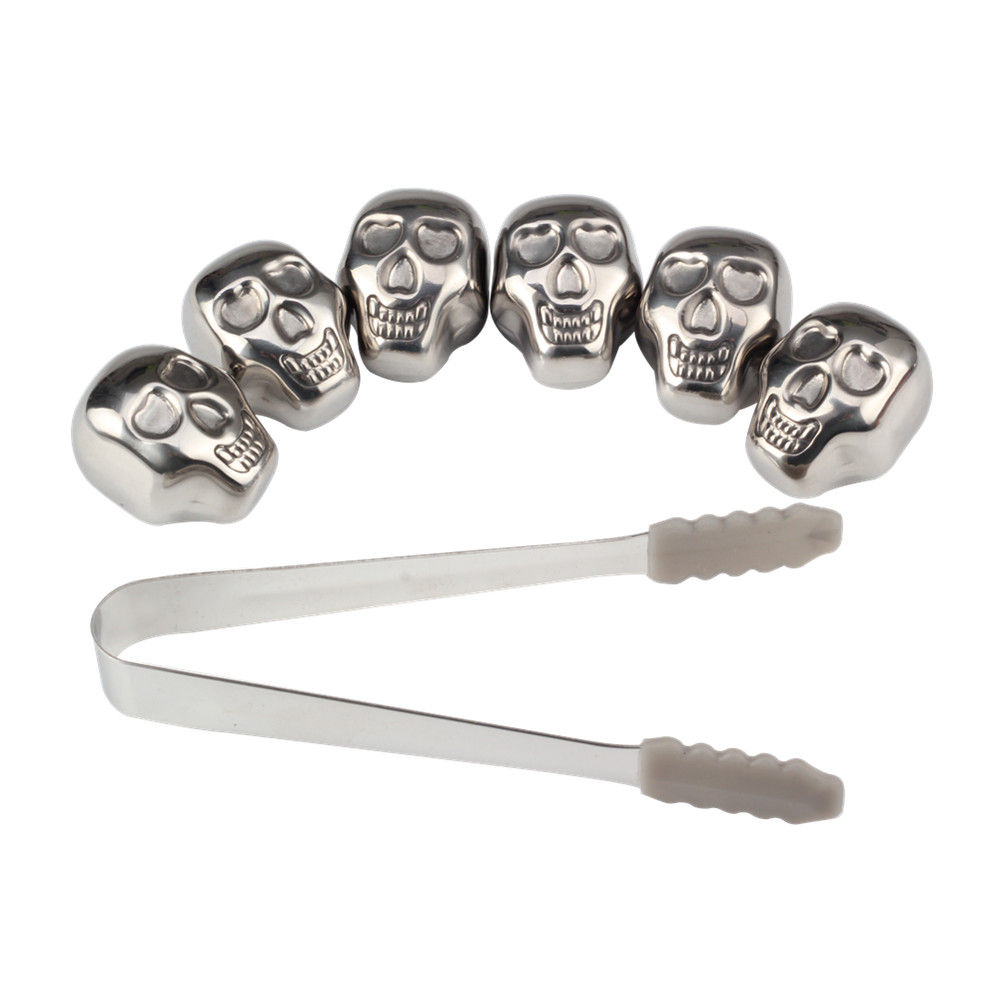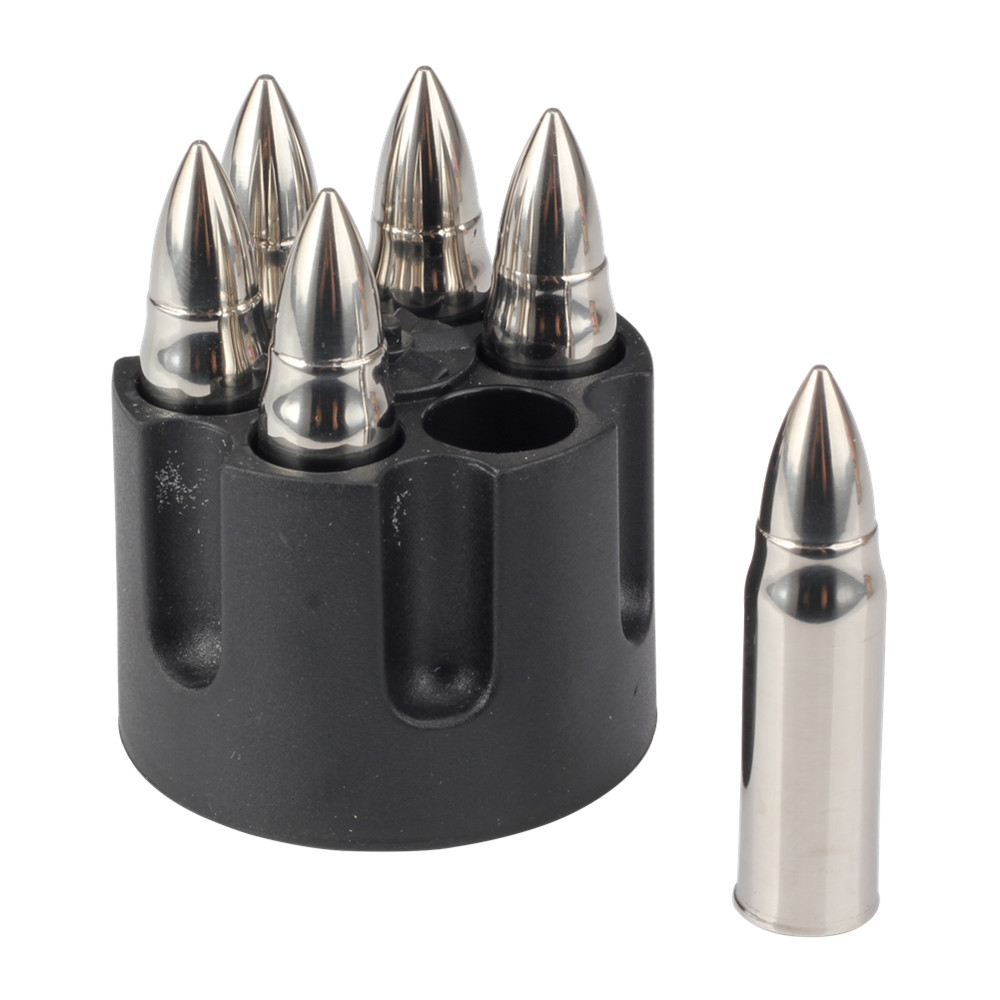From the outbreak of cholangiocarcinoma in Japanese enterprises to see the printing occupational diseases and prevention
Foreword
According to Japan's "Asahi Shimbun" report, the Japanese Ministry of Health, Labor and Welfare revealed that the phenomenon of cholangiocarcinoma in printing companies across Japan is prominent. To date, 24 people have been sick and 14 of them have died. On July 10, the Japanese government conducted a cholangiocarcinoma survey for 561 printing companies across the country. The results showed that at the time of the investigation, a total of 17 employees suffered from cholangiocarcinoma. Among them, 12 people in Osaka, 2 people in Miyagi, 1 person in Tokyo, Shizuoka and Ishikawa; 8 out of 17 people have died. Of the 7 newly-increased patients, except one who survived, the remaining 6 all died. Among them, 1 person over 40 years old, 2 people over 50 years old, 1 person over 60 years old, 2 people over 70 years old. It is reported that the organic solvents used in printing are suspected to be related to the onset of illness. 9300 printing companies in Japan have held an emergency meeting to try to find out the cause and effect and preventive methods as soon as possible.
The printing industry is a high-risk industry, and the reasons for this are obvious to everyone. With the outbreak of cholangiocarcinoma in Japan, the injuries to personnel in various types of work and links in the printing industry have once again been pushed to the cusp of the storm. Bisheng.com counts the hazards of each production link for you, aiming to remind printing practitioners to pay attention to harmful substances in the factory area, pay attention to their own health, reduce or even avoid injuries.
Printing hazardous substances
1. Volatile organic solvents and chemicals
1. Pay special attention to the crowd: color printing personnel, pre-press development operators, etc.
Today's printing industry is basically the world of color printing, and it is color printing that gives operators more opportunities to come into contact with toxic and hazardous chemicals.
Volatile organic solvents are the most dangerous, mostly hidden in ink, which contains a variety of substances: ethanol, isopropanol, butanol, propanol, methyl ethyl ketone, ethyl acetate, butyl acetate, toluene, xylene and so on. Although most of these organic solvents will evaporate after drying, the solvent before volatilization and the residual part after volatilization will still harm the human body. Especially for the printed products with large inked area and thick ink layer, there are many residual solvents. Toxic substances released during use will pollute the air and damage people's health.
Pigments: Don't think that these pigment particles are very small and safe. They have strong adsorption capacity. The heavy metal elements such as lead, chromium, cadmium and mercury contained in them are also toxic. When the body's lead content accumulates to a certain level, chronic poisoning symptoms such as mental disorders, nightmares, insomnia, and headaches will occur. In severe cases, fatigue, loss of appetite, nausea, bloating, abdominal pain, and diarrhea will occur. Lead can also enter brain tissue through the blood, causing brain damage, which has a significant impact on children's intelligence.
2. Pathological reactions caused by some volatile organic solvents
(1) Occupational chronic n-hexane poisoning-poisoned persons will experience dizziness, headache, numbness of the limbs, occasional beating of the muscles, cold hands and feet, sweating at the fingertips, and abnormal sensation (such as ant walking and inductance in the following limbs); In severe cases, difficulty walking and muscle atrophy. The special inspection item is neuromyography.
(2) Occupational acute trichloroethylene poisoning-Acute poisoning that is more likely to occur in the printing industry is caused by exposure to a large amount of trichloroethylene in a short period of time, with central nervous system damage as the main manifestation of systemic diseases. A few contacts have severe allergic skin disorders.
Contact reaction: Dizziness, headache, fatigue, facial flushing, eye and upper respiratory tract irritation after short-term exposure to higher concentrations of trichloroethylene, generally return to normal within 24 hours after contact;
Mild poisoning: palpitations, chest tightness, nausea, vomiting, loss of appetite, mild disturbance of consciousness (confusion, drowsiness or hazy state), trigeminal nerve damage and mild liver or kidney damage, etc.
Severe poisoning: the poisoned person has a delirium state or coma, there are more than two pairs of brain nerve damage and degree of liver or kidney function damage. Exposure to high concentrations and high doses of trichloroethylene can involve the cardiac conduction system, which can lead to arrhythmia. In severe cases, ventricular fibrillation can occur and sudden death can occur. Because trichloroethylene poisoning sometimes has a long incubation period, once a contact reaction occurs, it must be closely observed and handled in time to prevent the development of the disease.
(3) Occupational chronic benzene poisoning-poisoned people often have dizziness, headache, fatigue, insomnia, memory loss and other symptoms in the early stage; in the later stage, there will be pancytopenia, or aplastic anemia, or myelodysplastic syndrome, severe cases There may even be leukemia. There are two physical examination methods for the diagnosis of chronic benzene poisoning: routine blood test; bone marrow examination.
(4) Gasoline poisoning-the printing industry is more prone to cases of systemic poisoning caused by exposure to gasoline vapor or liquid. Patients with acute poisoning mainly have neurological or psychiatric symptoms, and inhaling gasoline into the respiratory tract by mistake can cause aspiration pneumonia; the symptoms of chronic poisoning are neurasthenia syndrome (dizziness, headache, fatigue, insomnia, memory loss, palpitations, Hyperhidrosis, etc.), autonomic dysfunction and toxic peripheral neuropathy. In severe cases, there will be: encephalopathy (indifferent expression, unresponsiveness, loss of memory, computational ability, etc .; mental illness (schizophrenia-like); limb paralysis caused by peripheral neuropathy. Therefore, all workers engaged in gasoline operations should undergo pre-employment physical examination, gasoline Workers should have a physical examination every 1 to 2 years, including medical, neurological and skin examinations. Those suspected of having peripheral neuropathy should undergo neuro-electromyography examination.
3. Occupational taboo
All kinds of organic diseases of central and peripheral nervous system or people with obvious neurosis, people with allergic skin diseases or palmar keratinization, and women should be temporarily out of contact during pregnancy and lactation. According to the analysis of the adjustment data, the working age of occupational chronic solvent gasoline poisoning is generally more than 15 years. However, due to individual differences, the concentration of gasoline in the air, the production environment and personal protection, the length of service may be shorter.
Whiskey Stone
High quality whiskey stone ,help you enjoy the cold wine. Please out it in the ice box for some time first before use it. Different shape for you to choose, ice cube, diamonds ball , bullet shape and so on. Some items with the ice tong, bundle pocket, Really suitable for take out for use. The material of the whiskey stone is SS304, which is food grade with excellent quality.
So many items for you to choose,2pcs/ 4pcs/ 6pcs/ 8pcs items.
Welcome to choose the suitable one and contact us for the quotation, will be glad to hear from you.
Material:SS304
Finishing: Satin polishing ,Mirror Polishing ,Color painting
Logo: Laser logo, Etching logo, Silk printing logo, Embossed logo, Decal logo
MOQ : 2000 PCS
Packaging : White box, Mail box or Customized package
Sample Time : 7~10 days
Lead Time :60 days after have the deposit
Payment: T/T ,L/C or others
Payment term: 30% deposit before production and 70 % balance against the copy B/L



FAQ:
1:How can I get the sample?
We can provide the sample for customers to check the quality.
Please kindly provide the delivery info for calculate the sample cost. If you have DHL /TNT/UPS/FEDEX account, please also kindly provide it to us.
You can do the payment of sample via T/T and PayPal.
2:How about the sample time?
Usually the sample time is 7~10 days after have the sample cost.
3:How long will it take for mass production?
Usually 45~60 days after have the deposit.
4:Can we have our logo or company name to be printed on your products or the package?
Welcome OEM.
5:what certificate can you provide?
CE,CB,GS,FDA,LFGB,ROHS are available here.
6:How can we get your monthly new products announcement?
Please join our mailing lists.
Our Service
Excellent quality
OEM packaging and product
Good service
Rich experience save your time and money
Stainless Steel Whiskey Stone,Whiskey Stones Target,Personalized Whiskey Stones,Surgical Grade Steel Whiskey Stones
Jiangmen Wellway Houseware Co.,Ltd , https://www.wellwayhouseware.com